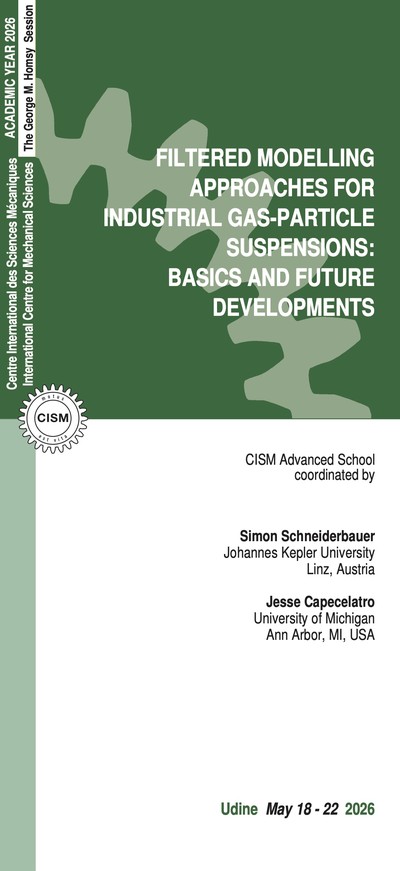A. Maurel, K. Pham & J.-J. Marigo, Homogenization of Thin 3D Periodic Structures in the Time Domain–Effective Boundary and Jump Conditions. Fundamentals and Applications of Acoustic Metamaterials: From Seismic to Radio Frequency, ISTE, 1, 73-105, 2019.
R.V. Craster, S. Guenneau, Acoustic metamaterials: Negative refraction, imaging, lensing and cloaking, Springer, 2012.
J.-J. Marigo & A. Maurel, An Interface Model for Homogenization of Acoustic Metafilms, chap. 14 of World Scientific Handbook of Metamaterials and Plasmonics, pp. 599-645, 2017.
H. Ammari, B. Fitzpatrick, H. Kang, M. Ruiz, S. Yu, and H. Zhang, Mathematical and Computational Methods in Photonics and Phononics, Mathematical Surveys and Monographs, Volume 235, American Mathematical Society, Providence, 509 page, 2018.
6 lectures on: Subwavelength resonances; Hybridization of subwavelength resonances; Metasurfaces; Double-negative metamaterials; Subwavelength bandgaps; Topological metamaterials
5 lectures on: Locally resonant structures in electromagnetism and elastodynamics. Electromagnetic metamaterials; Transformation optics for invisibility cloaks and twisted waveguides; Plasmonics and structured surfaces. Acoustic metamaterials; Localised modes in arrays of split ring resonators; Phononic band gap guidance in arrays of elastic fibers; Transformation elastodynamics for flexural waves.
6 lectures on: Introduction to the classical homogenization of massive periodic structures; effective materials. Higher order homogenization of finite extend structures, derivation of unusual transmission/boundary conditions; the case of laminar structure; Segev’s anomalies in electromagnetism. Homogenization for water waves, sea-bed structuration and floating structure with subwavelength structuration. Homogenization of seismic metamaterials; shielding effect.
6 lectures on: Homogenization of non-resonant meta-surfaces/meta-films: the case of a thin array of penetrable inclusions and of roughnesses: effectives models, variational bounds and applications. Homogenization of resonant meta-film with highly-contrasted material/geometric properties. Resonances of the Mie type, of the Helmholtz type and of the Minnaert type.
6 lectures on: Muller's method; Green's functions, and layer potential techniques; Spectrum of Neumann-Poincaré operator and plasmonic resonances; Elastic metamaterials; Computations of subwavelength bandgaps; Near cloaking and anomalous resonances; Quantitative imaging in near-field optics.
6 lectures on: Super-resolution in high-contrast media; Super-resolution by using a system of subwavelength resonators; Super-resolution using plasmonic spectroscopic data; Scattering and field enhancement of a perfect conducting narrow slit; Scattering by a periodic array of subwavelength slits: the homogenization regime; Scattering by a periodic array of subwavelength slits: the diffraction regime.
The registration fee is 600.00 Euro + VAT*, where applicable (bank charges are not included). The registration fee includes a complimentary bag, four fixed menu buffet lunches (on Friday upon request), hot beverages, downloadable lecture notes and wi-fi internet access.
Applicants must apply at least one month before the beginning of the course. Application forms should be sent on-line through the following web site: http://www.cism.it. A message of confirmation will be sent to accepted participants. Applicants requiring assistance with the registration should contact the secretariat at the following email address cism@cism.it.
Applicants may cancel their course registration and receive a full refund by notifying CISM Secretariat in writing (by email to cism@cism.it) no later than two weeks prior to the start of the course.
Cancellation requests received during the two weeks prior to the start of the course will be charged a 50.00 Euro handling fee. Incorrect payments are also subject to a 50.00 Euro handling fee.
A limited number of participants from universities and research centres who are not supported by their own institutions can be offered lodging and/or board, if available, in a reasonably priced hotel or student guest house.
Requests should be sent to CISM Secretariat by April 15, 2020 along with the applicant's curriculum and a letter of recommendation by the head of the department or a supervisor confirming that the institute cannot provide funding. Preference will be given to applicants from countries that sponsor CISM.
Information about travel and accommodation is available on the web site www.cism.it, or can be mailed upon request.
* Italian VAT is 22%.





